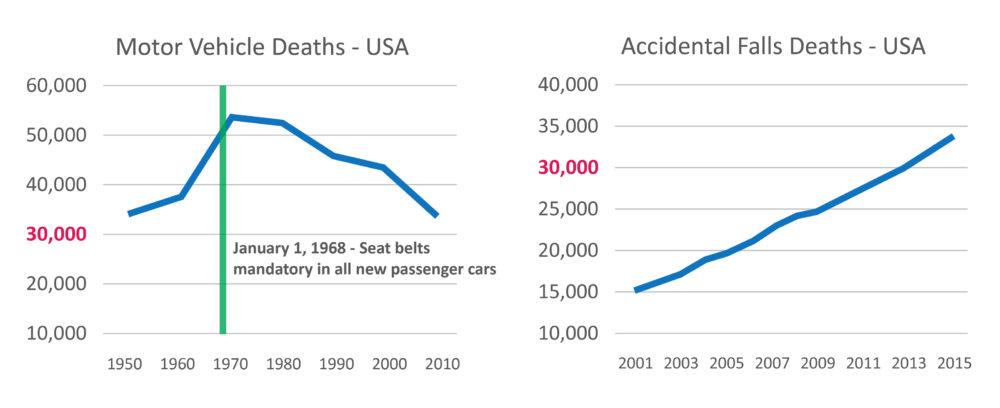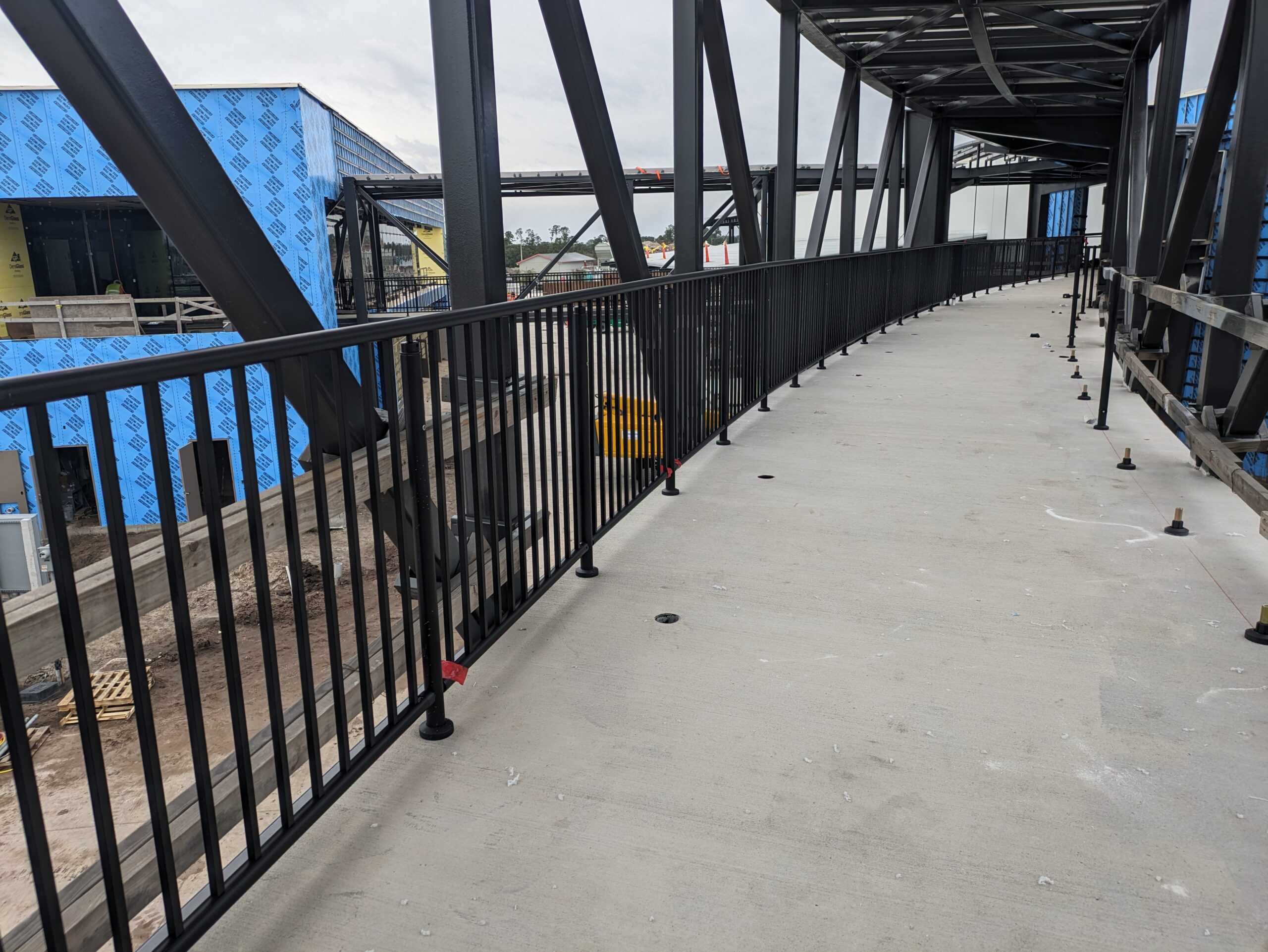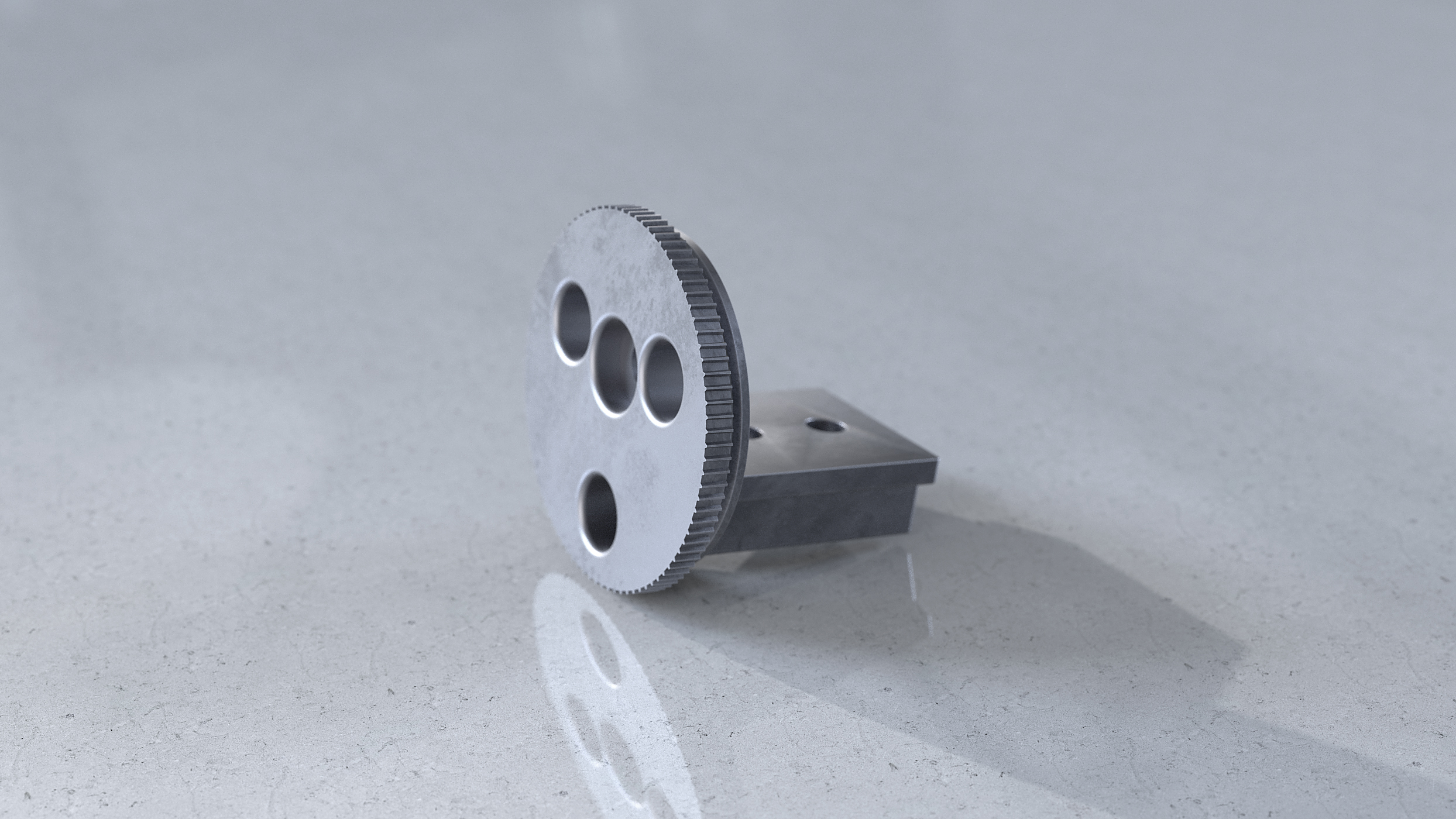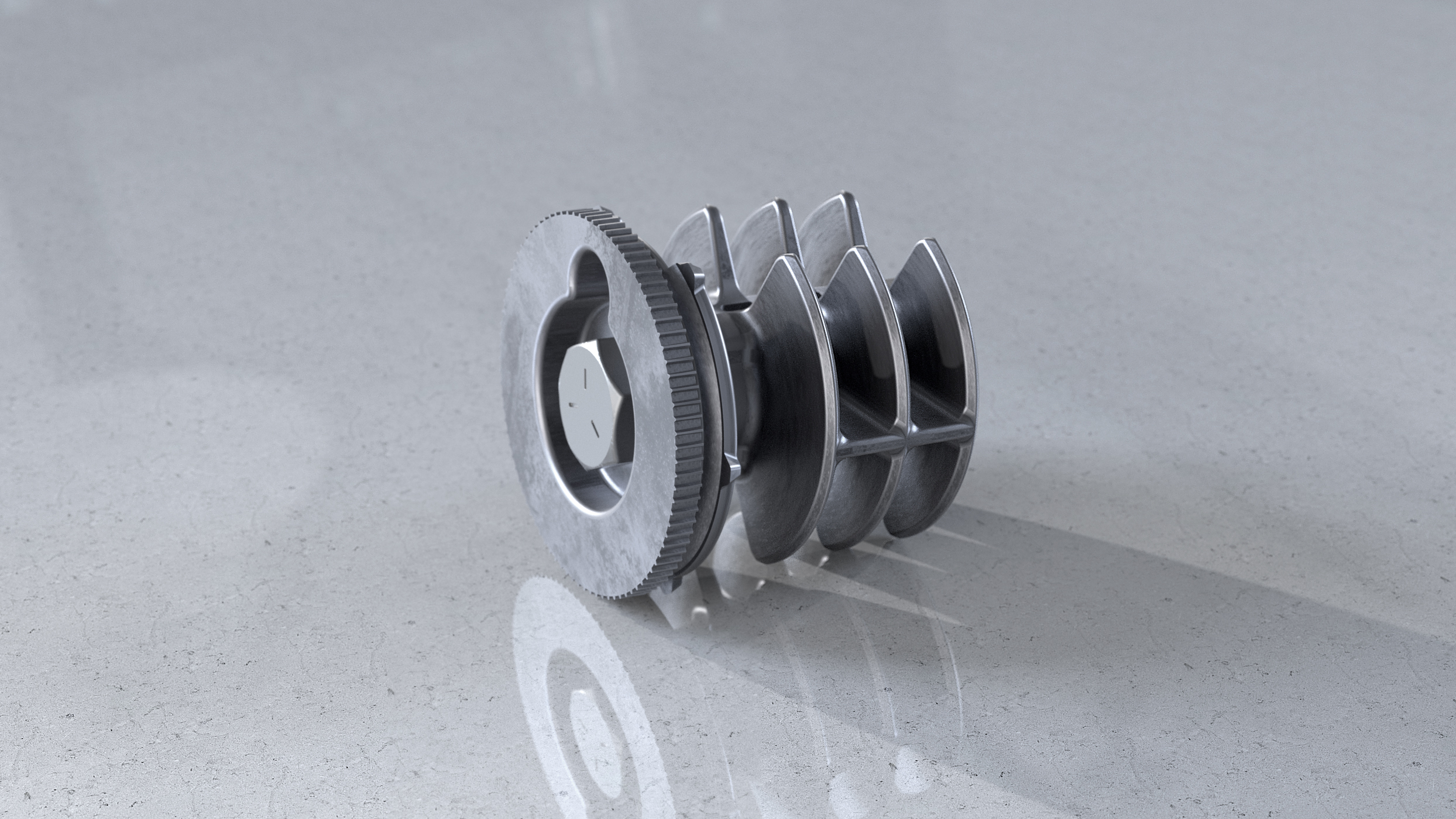Society has tackled the world’s great public health challenges, often with remarkable success. How is it that ‘death by falling down’ isn’t one of them?
Technology, education, and legislation have been particularly effective in reducing the toll of accidental death and injury. Motor vehicle fatalities, the perennial #1 cause of non-drug-related accidental deaths, have been in decline for more than 40 years. Seatbelts alone have saved over 329,000 lives in the United States since they were made mandatory in 1968.
Now there’s a new #1. While motor vehicle fatalities have continued to decline, deaths due to accidental falls have risen alarmingly. It’s estimated that in 2015 more people in America died from falls than in car accidents, and five times more were hospitalized.
Demographics and the otherwise very positive trend towards aging in place are driving the rapid increase. Seniors are 30 times more likely than those under 65 to suffer devastating falls, 3 out of 4 of which occur in or around their home.
Handrails are as beneficial in the home as seatbelts are in cars. Any yet proper, truly functional handrails – strong, graspable and continuous – are almost never found in the homes of those most at risk.
The good news
Faced with an epidemic of accidental falls, society is taking action:
- 49 of 50 states in the USA have adopted the new International Residential Building Code that stipulates “Handrails for stairways shall be continuous for the full length of the flight”.
- In May 2016 a bipartisan bill, The Senior Accessible Housing Act, was introduced into Congress. It would provide “a tax credit to seniors who install modifications on their residences that would enable them to age in place”. The installation of handrails is specifically cited.
Our thanks to Louis Tenenbaum who brought The Senior Accessible Housing Act to our attention. You can read more about the bill on his excellent blog where he also provides a template for you to write to your congressperson in support of this important legislation.







